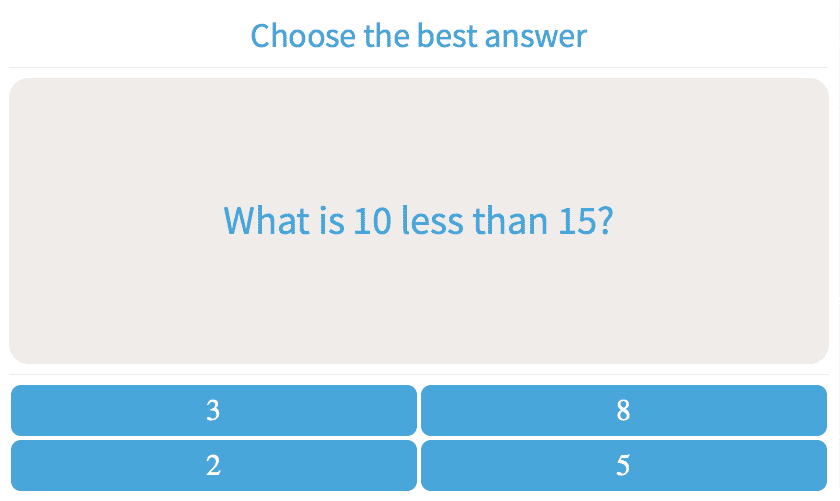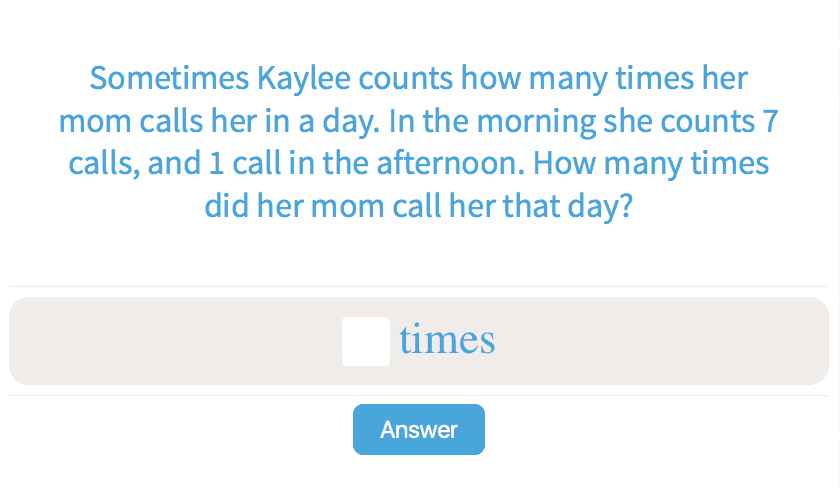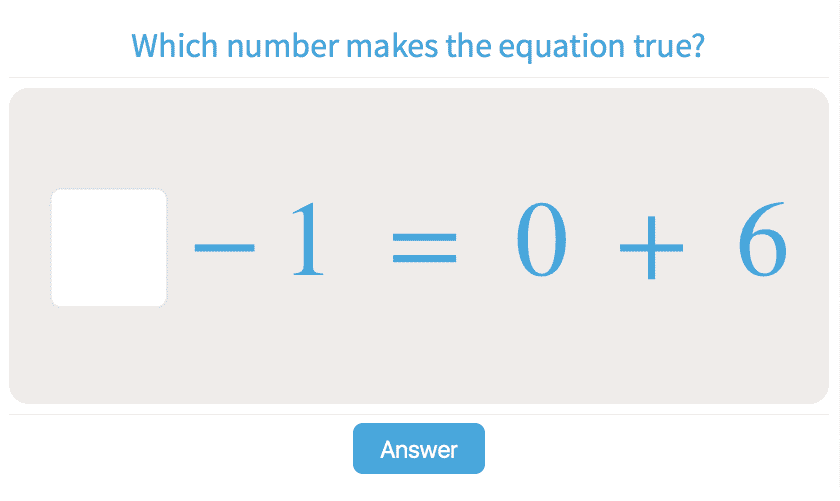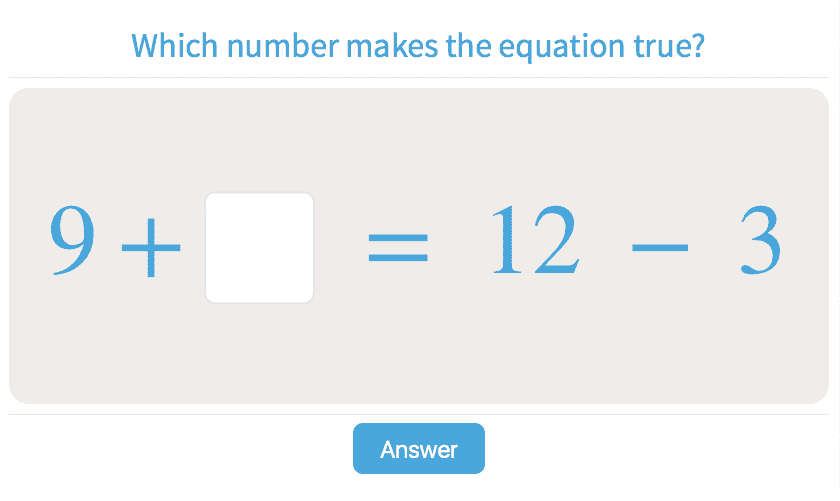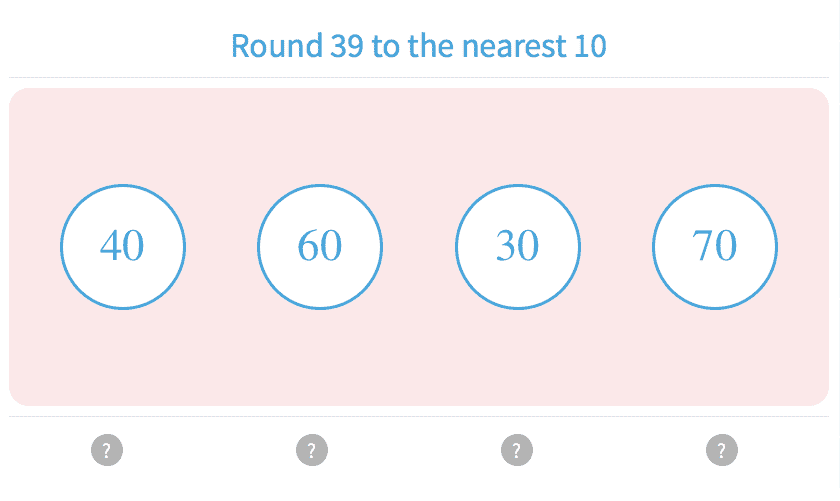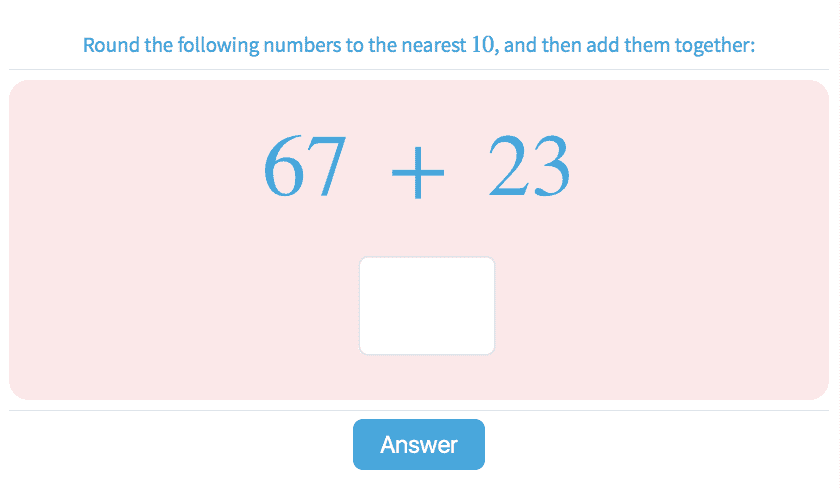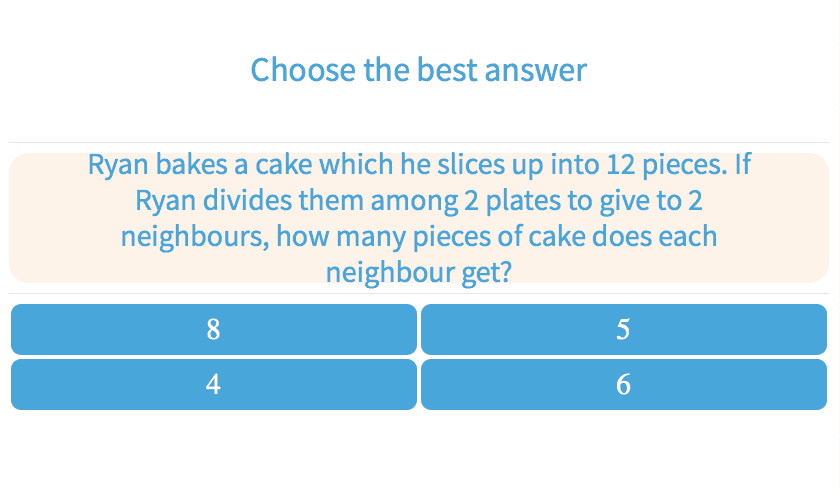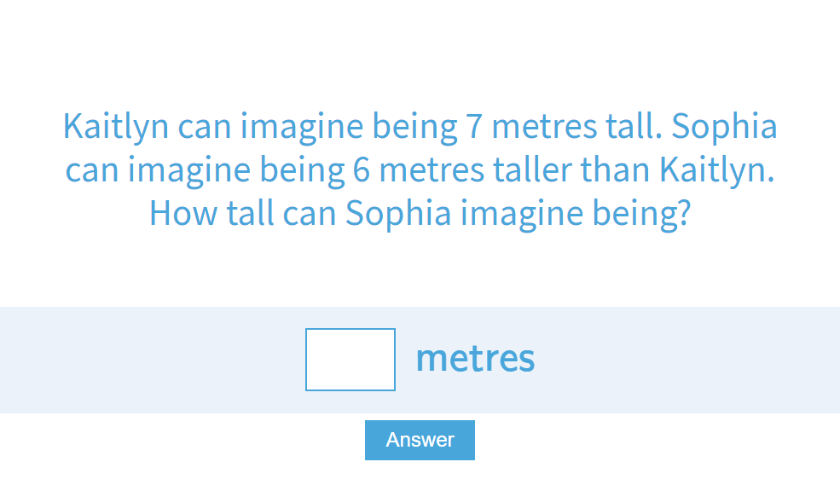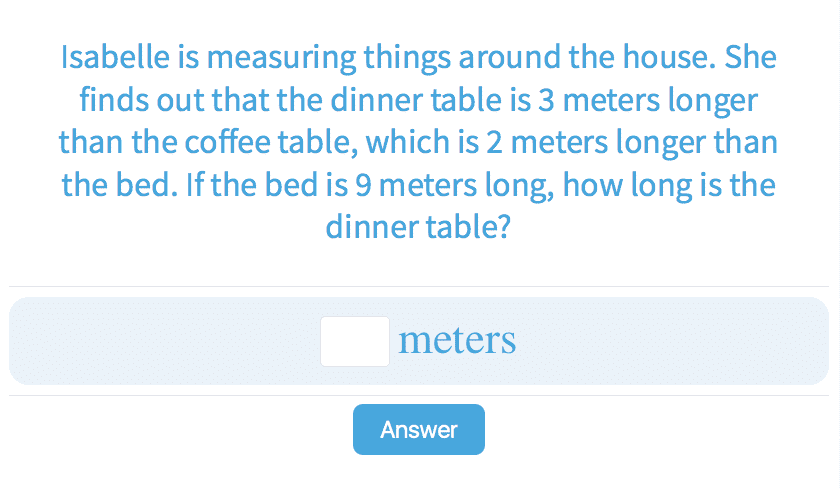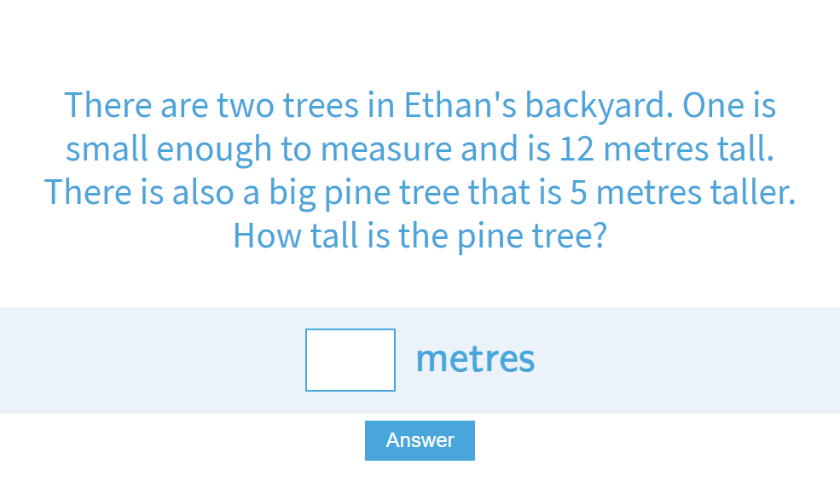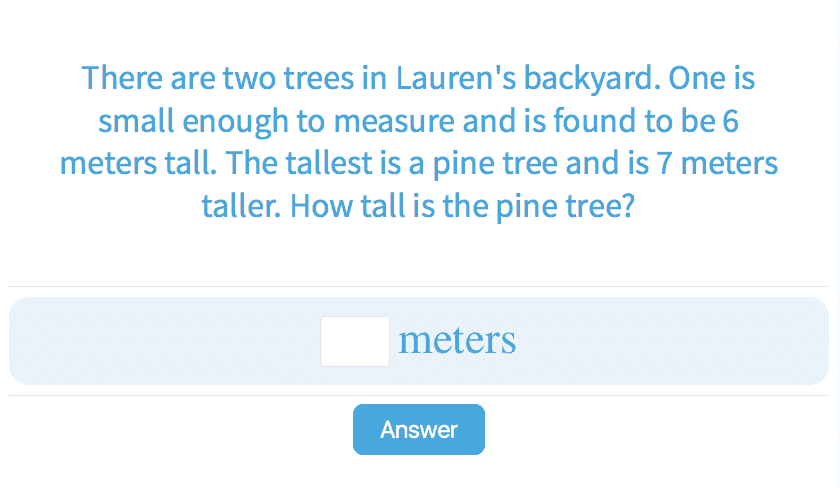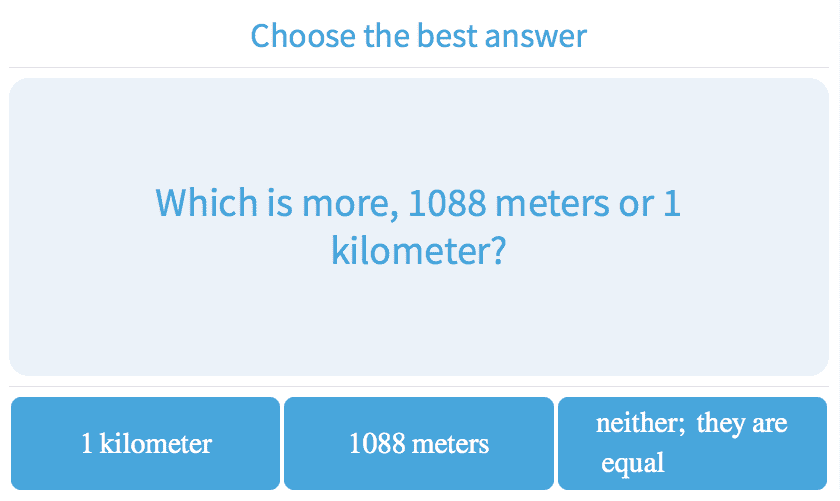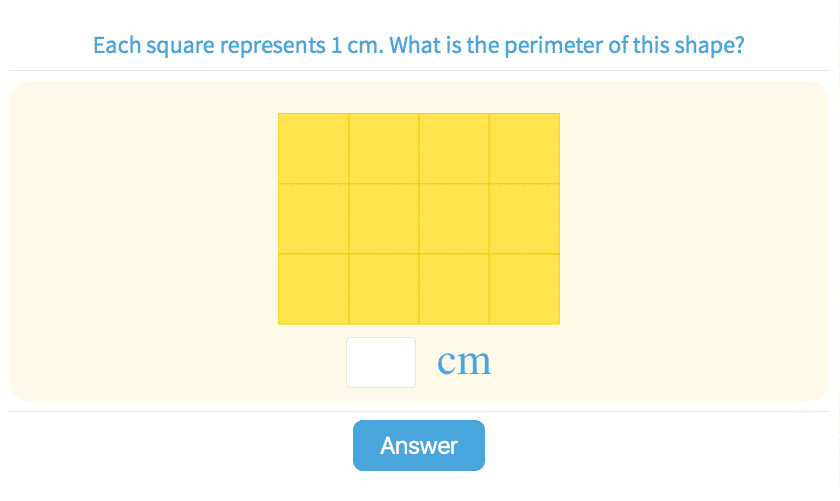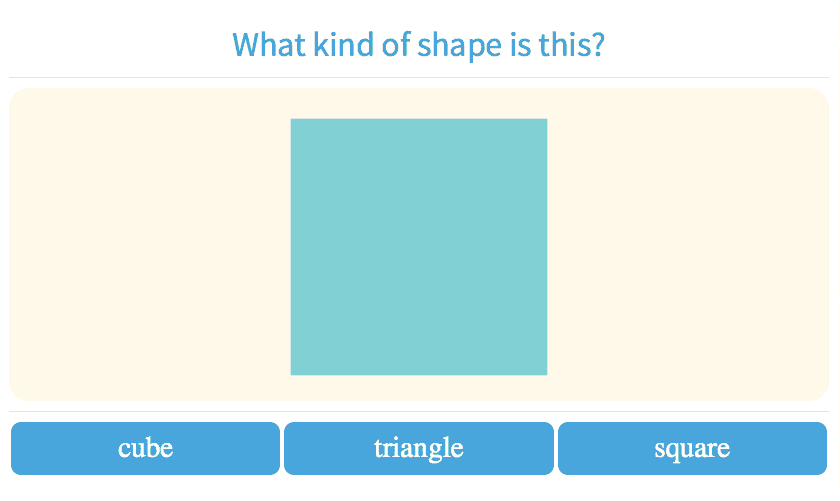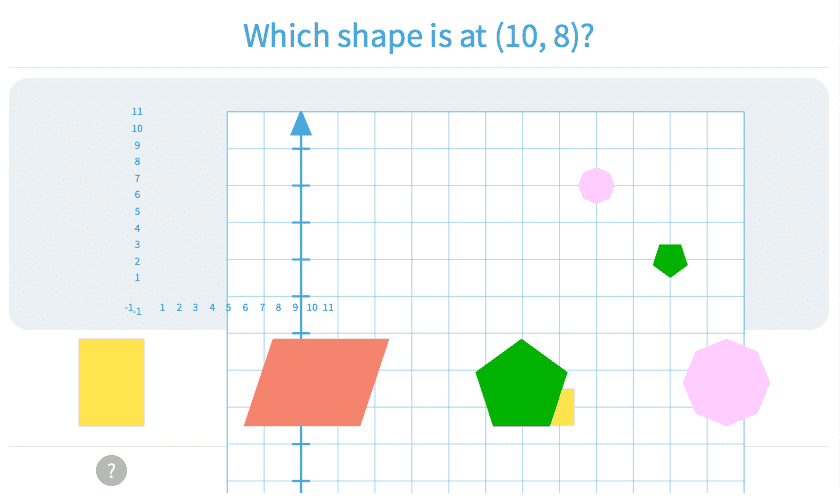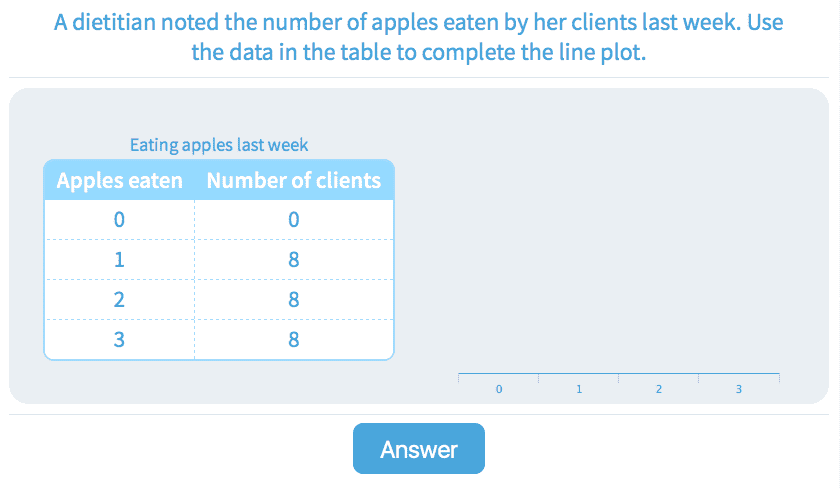-
3Year 3 Worksheets
- Counting
- Number Patterns
- Mixed Equations
-
Number Properties
-
3.4Value of Underlined Digit Up to 99

-
3.5Value of Underlined Digit Up to 1000

-
3.6Convert Numbers to Tens and Ones Up to 1000
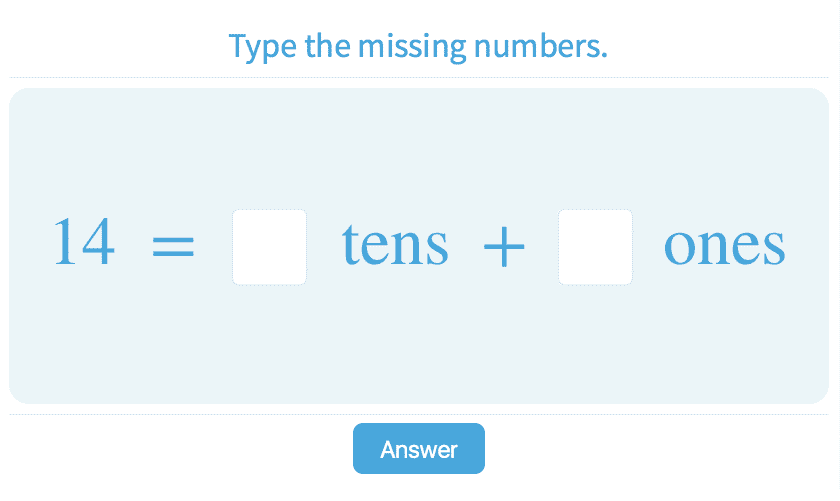
-
3.62Related Addition Equations Up to 10
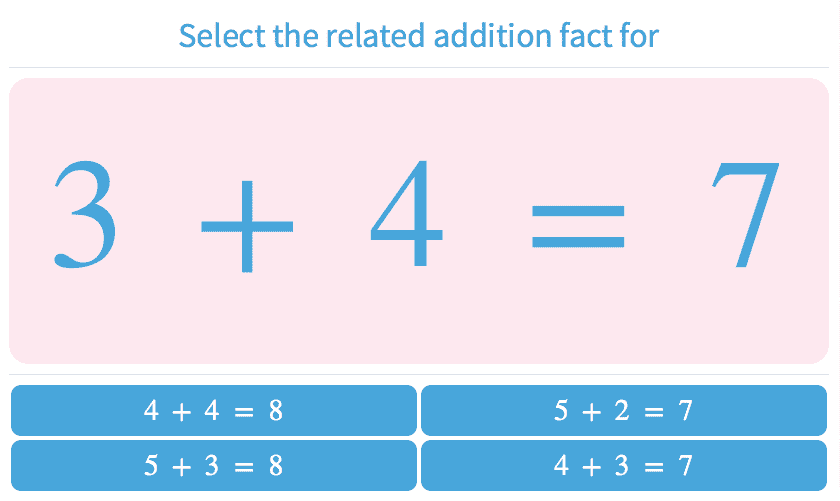
-
3.63Related Addition Equations Up to 1000
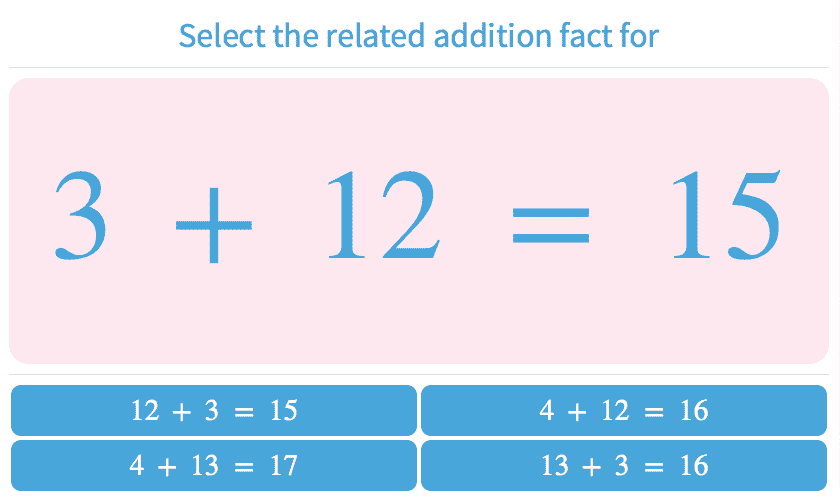
-
3.64Related Subtraction Equations Up to 10
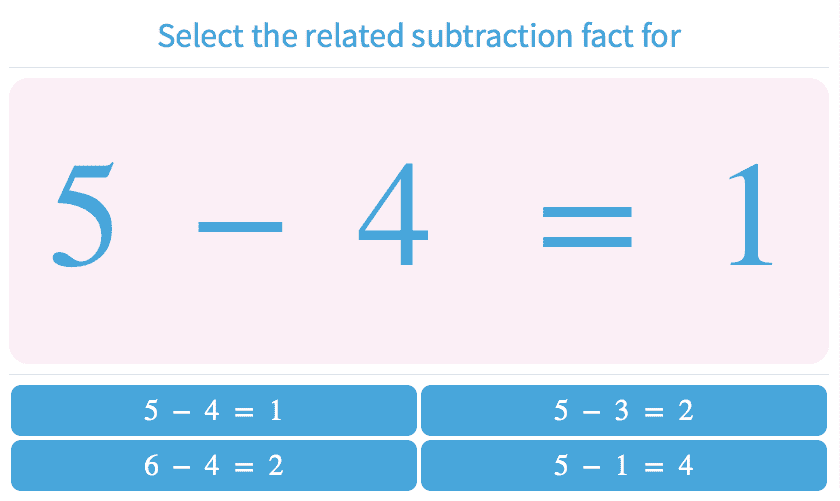
-
3.65Related Subtraction Equations with Sums Up to 1000
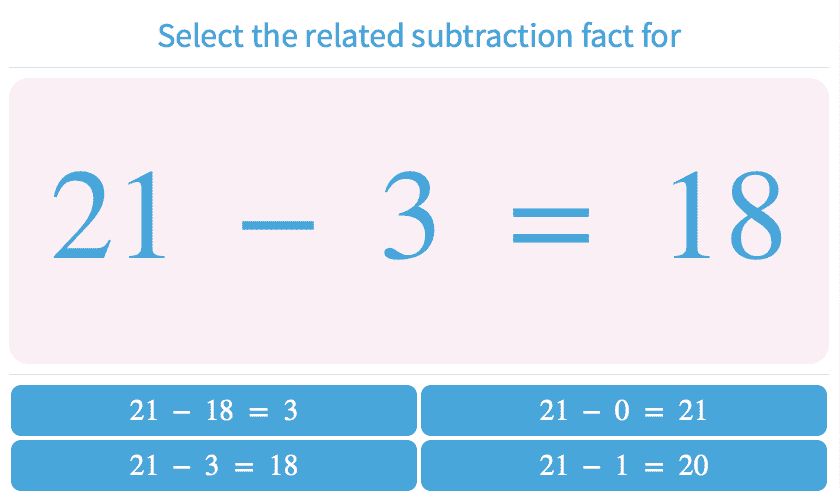
-
3.66Related Equations with Sums Up to 1000
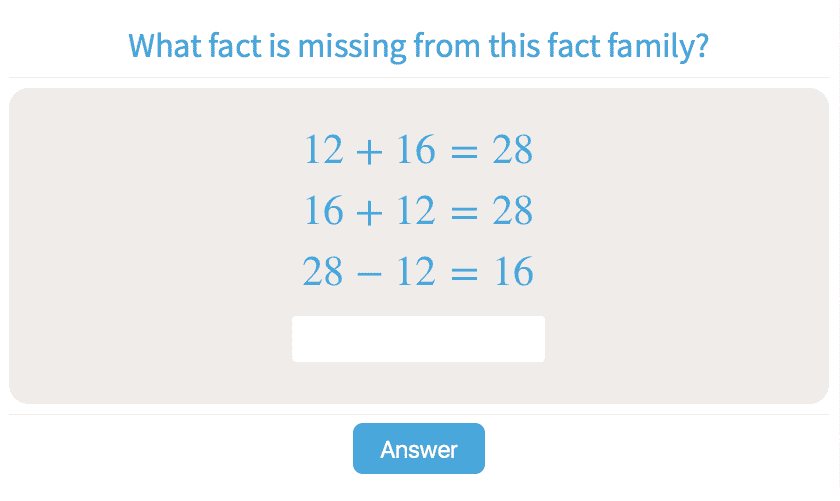
-
3.67Related Equations Up to 10
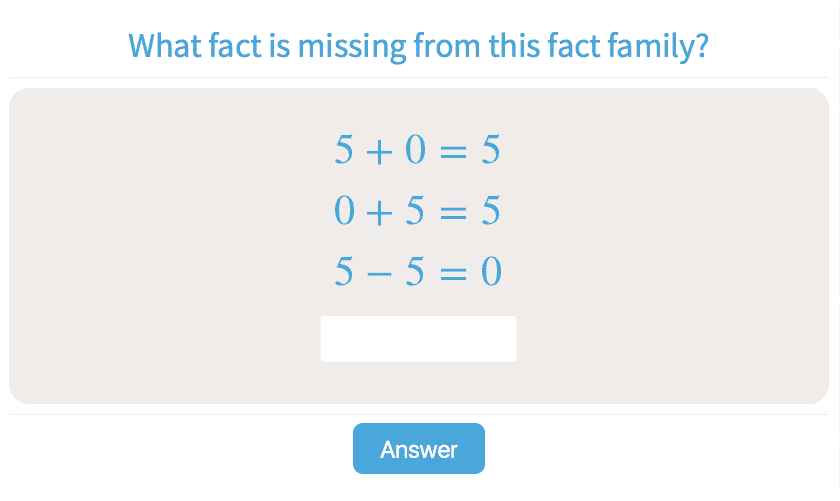
-
3.68Convert from Expanded Form
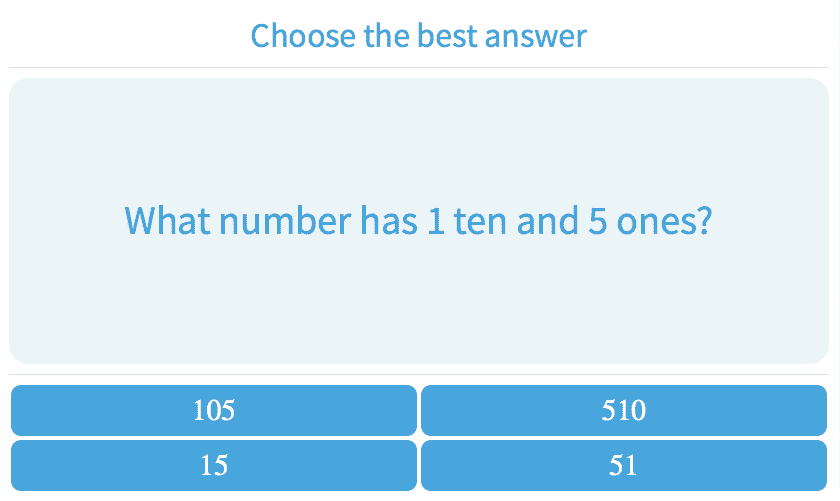
-
3.88Choose the Equivalent Fraction
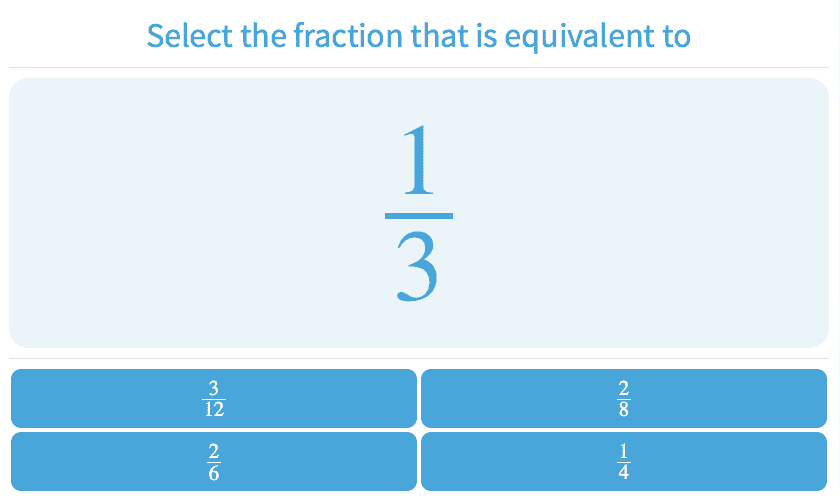
-
-
Addition
-
3.6Convert Numbers to Tens and Ones Up to 1000

-
3.20Add Three Digit Numbers Ending in Zero Up to 1000
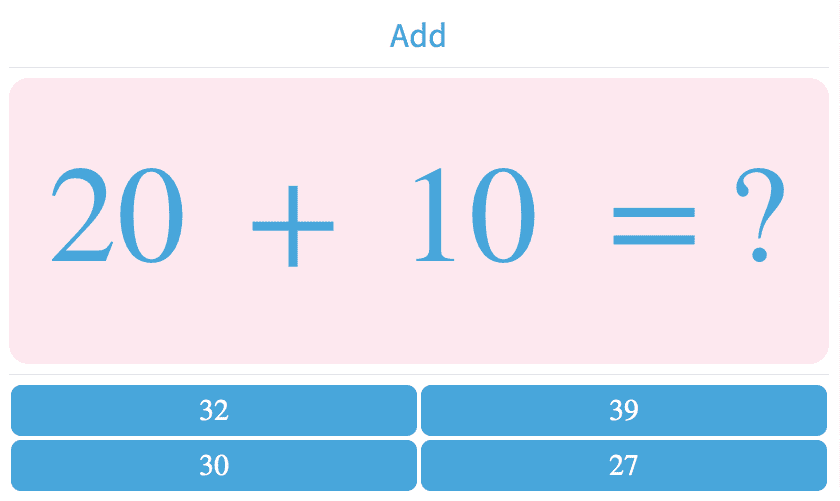
-
3.21Add Multiples of 100
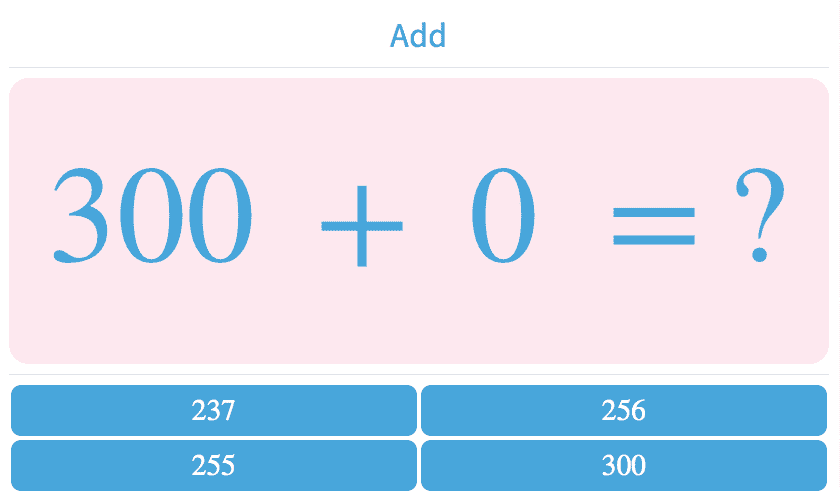
-
3.22Add Tens
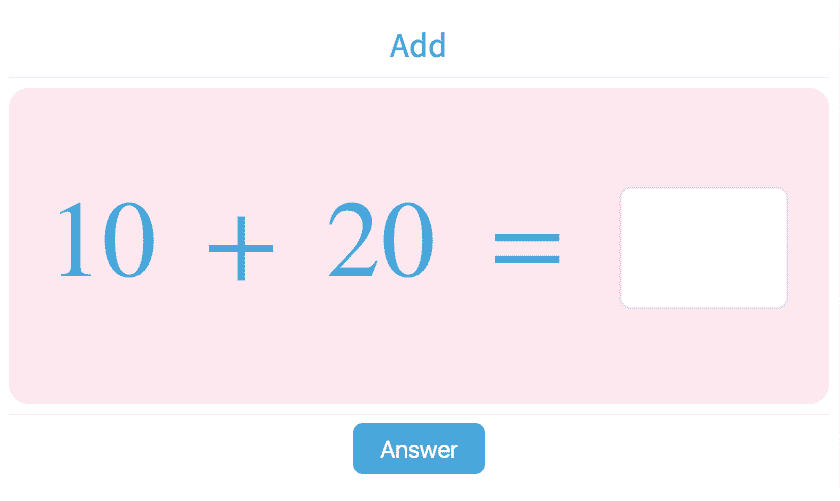
-
3.23Add a One Digit Number to a Two Digit Number

-
3.24Add Two Digit Numbers
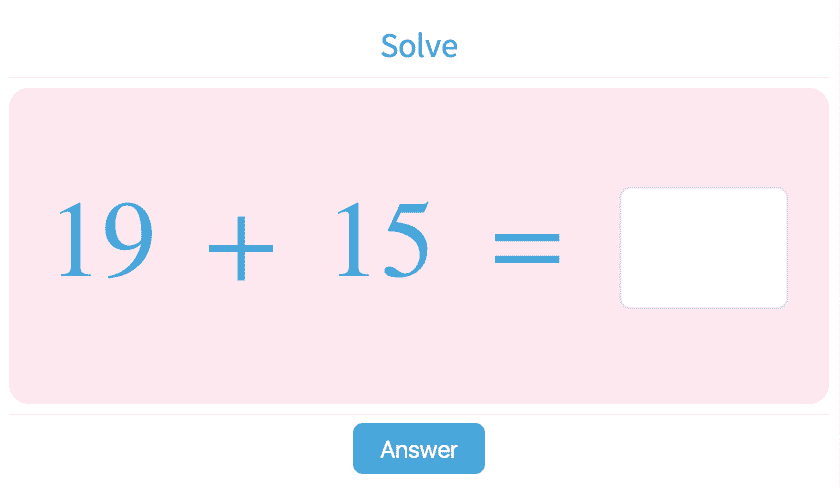
-
3.25Add Two Numbers Up to 100
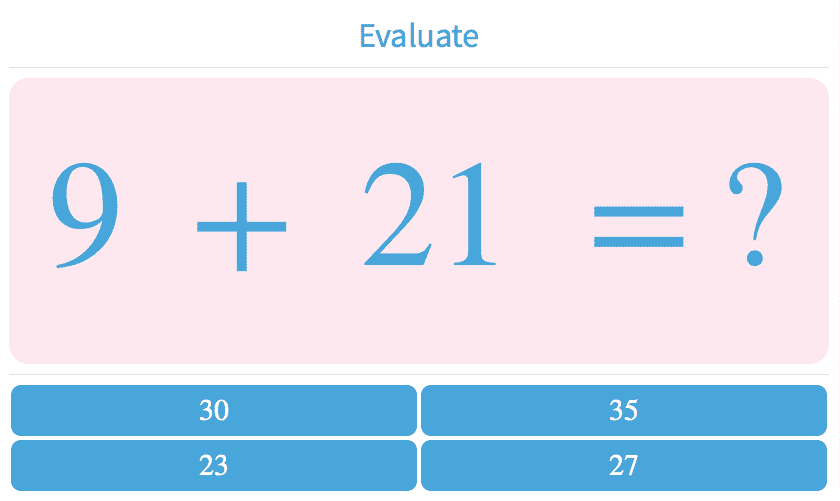
-
3.26Add Numbers - Sums Up to 1000
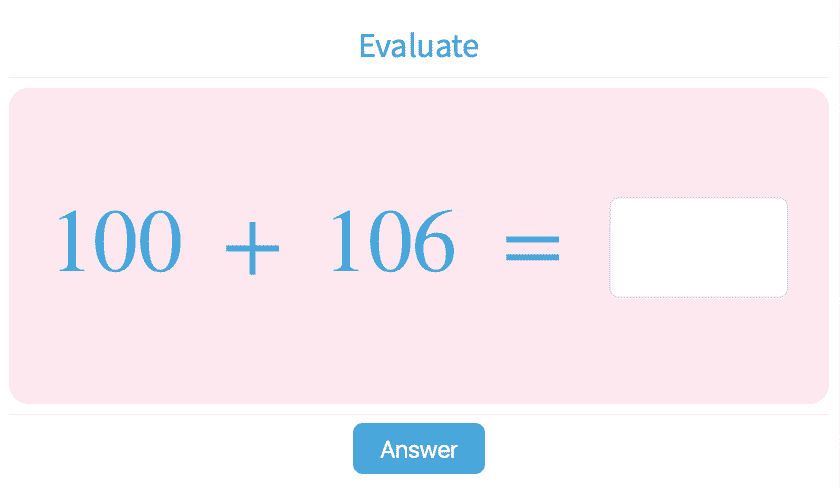
-
3.27Adding Three or More Numbers
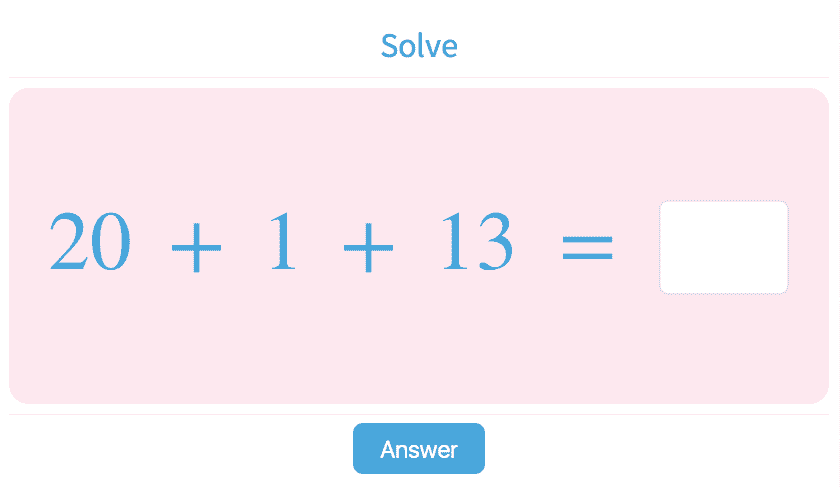
-
3.28Adding Three or More Numbers with One or Two Digits
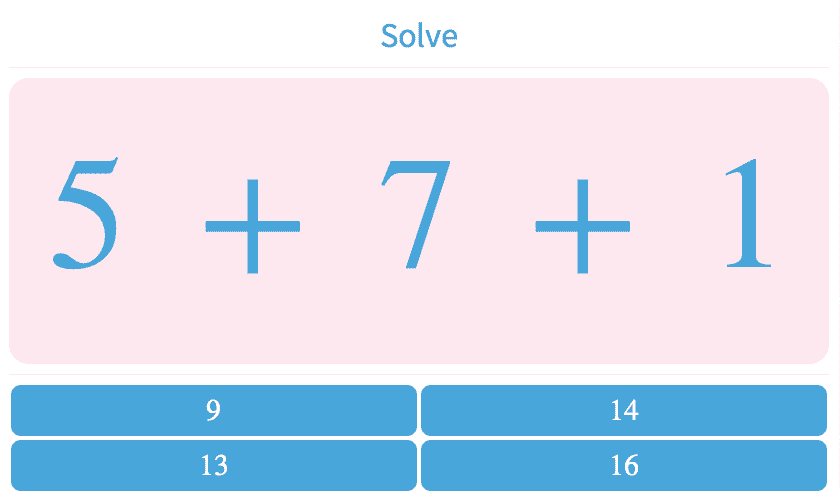
-
3.41Complete the Equation with Sums Up to 100
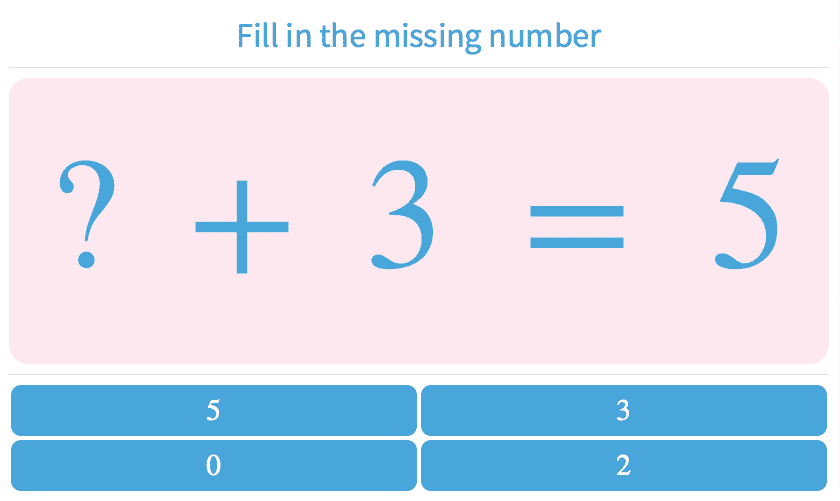
-
3.42Balance Addition Equations with Sums Up to 100
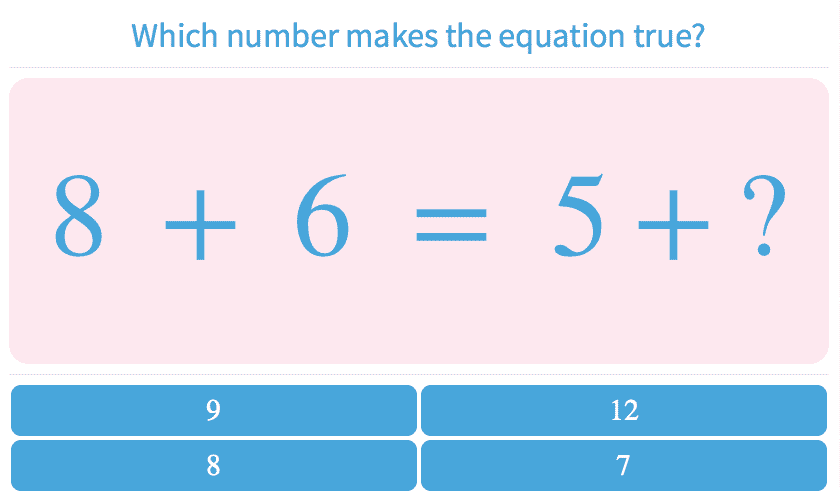
-
3.43Balance Addition Equations with Operands Up to 100
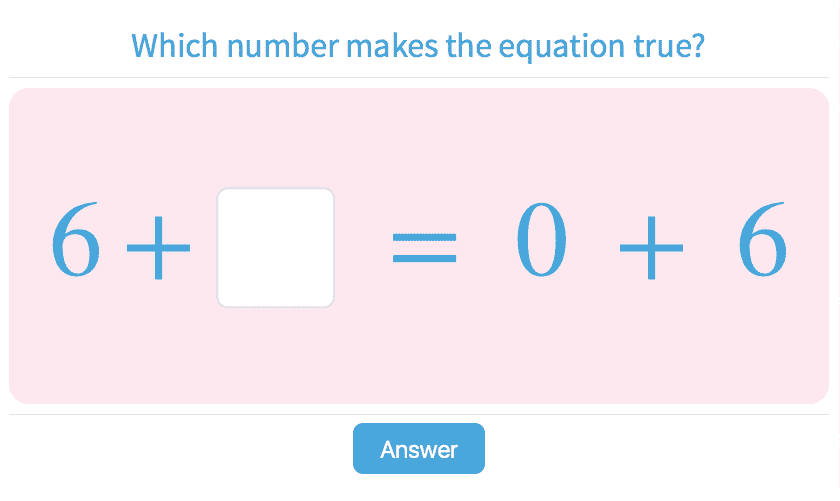
-
3.48Complete the Equation with Sums Up to 1000

-
3.49Complete the Equation with Numbers Up to 1000
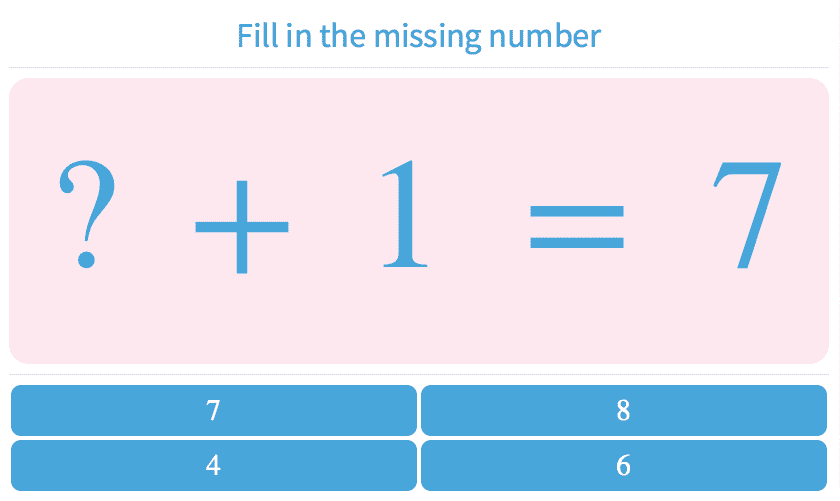
-
3.50Balance Addition Equations with Sums Up to 1000
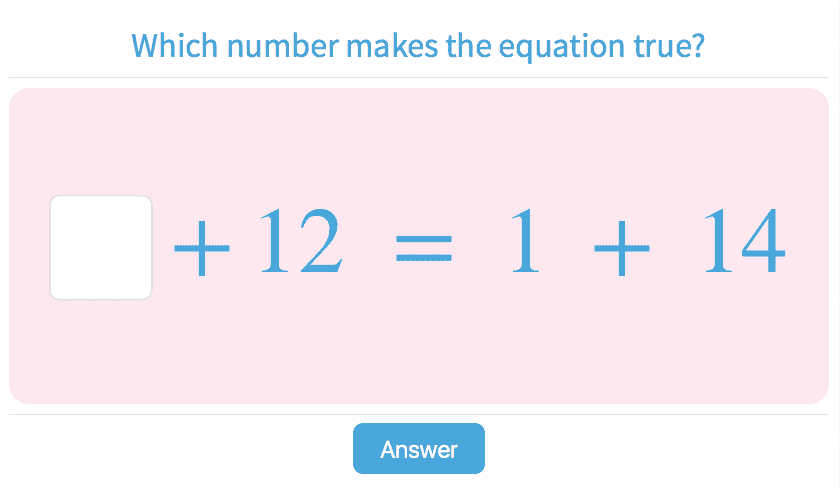
-
3.51Balance Addition Equations with Operands Up to 1000
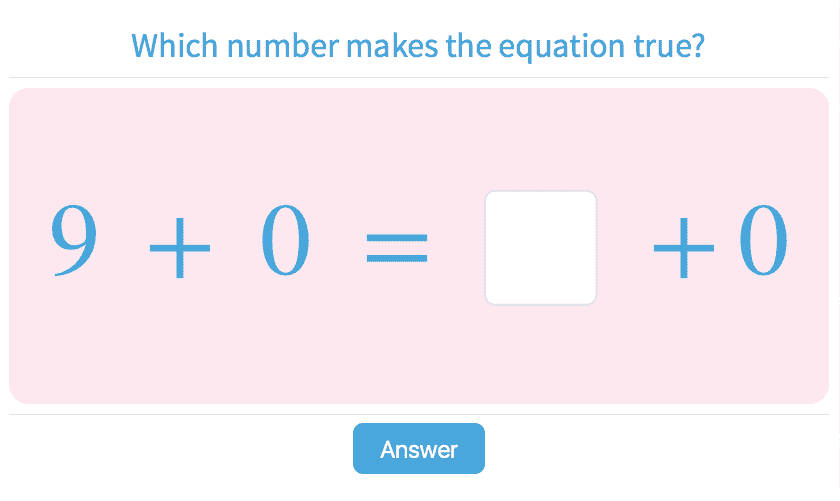
-
3.58Addition with Sum Up to 100
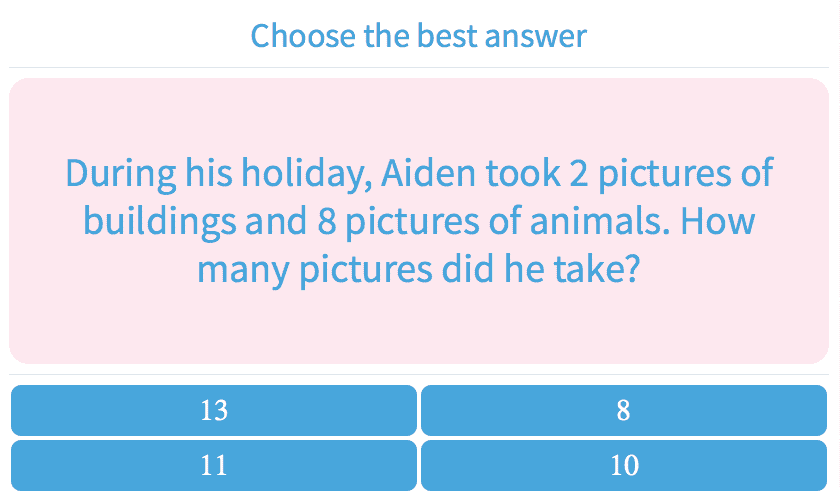
-
3.59Addition Sentences Up to 1000
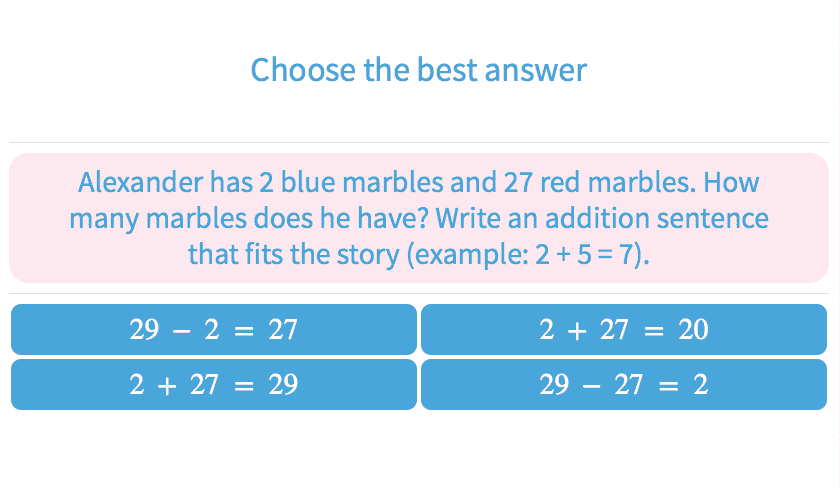
-
3.62Related Addition Equations Up to 10

-
3.63Related Addition Equations Up to 1000

-
- Estimation
-
Subtraction
-
3.29Subtract Tens
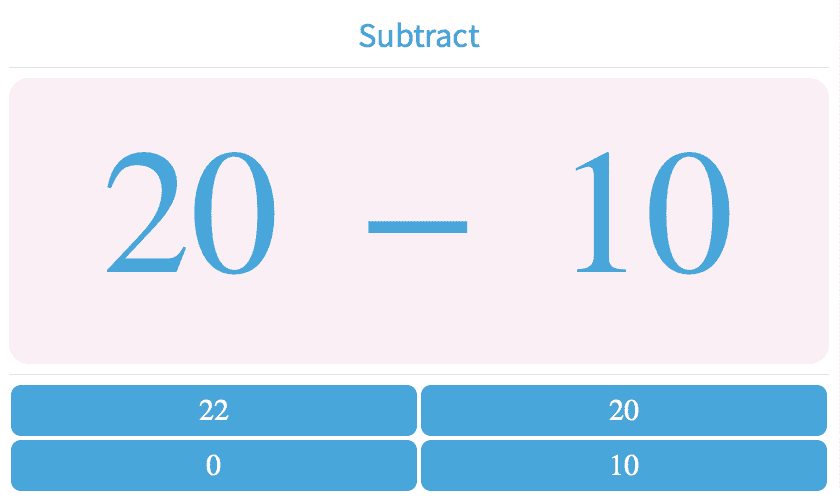
-
3.30Subtract Two Numbers - 1 or 2 Digits Up to 20
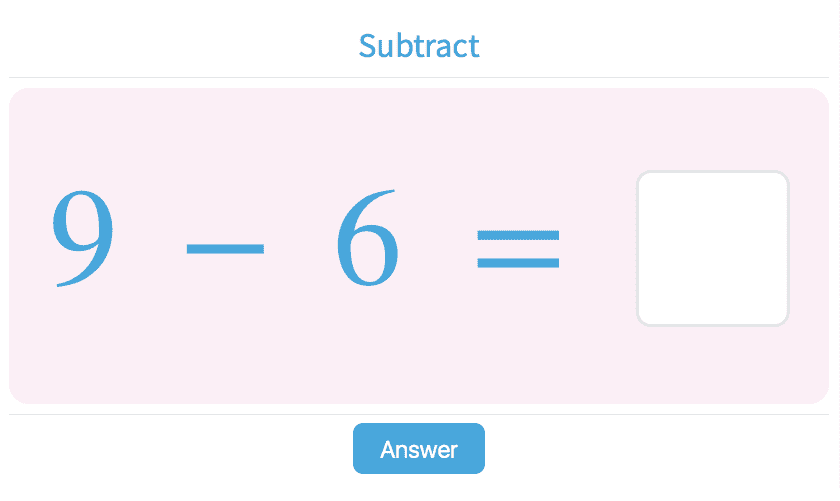
-
3.31Subtract One-Digit Numbers from Two-Digit Numbers
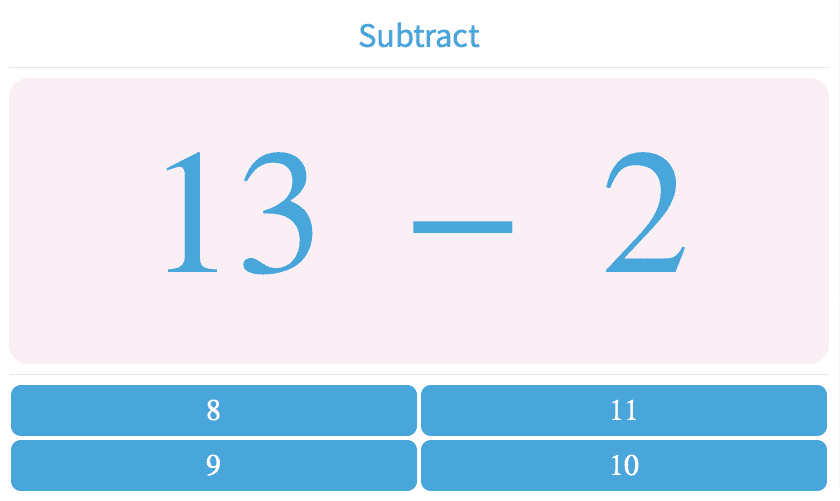
-
3.32Subtract Two Numbers - Single and Double Digits
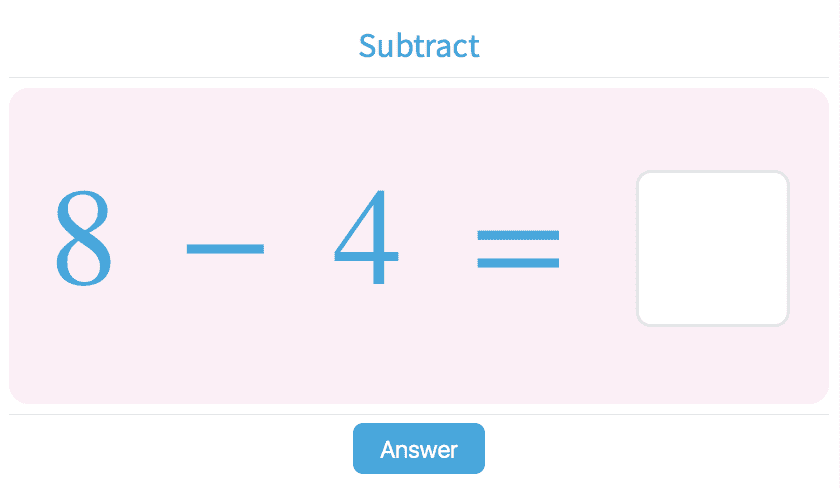
-
3.33Subtract Two Numbers - Double Digits Up to 100
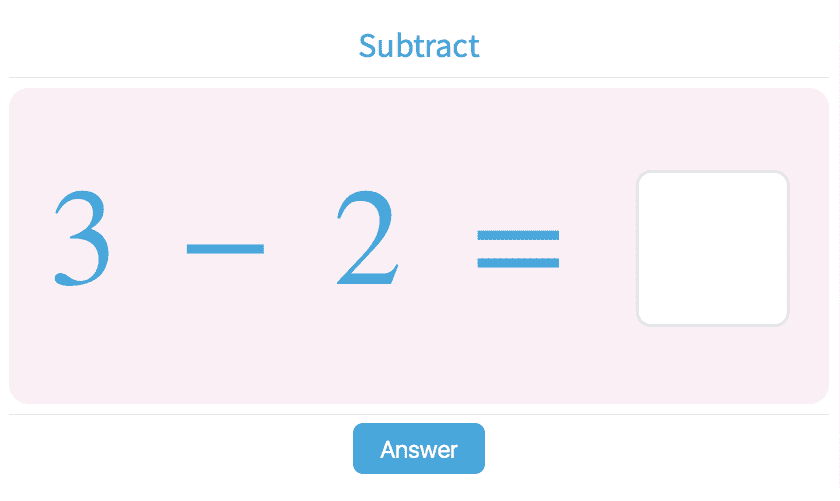
-
3.36Subtract Two Numbers - Multiples of 10
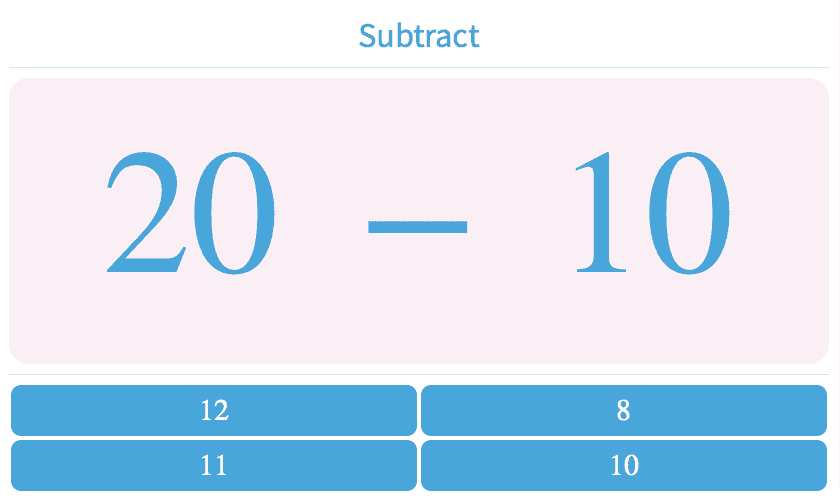
-
3.37Subtract Two Numbers - Multiples of 100

-
3.38Subtract Two Numbers - Operands Up to 1000
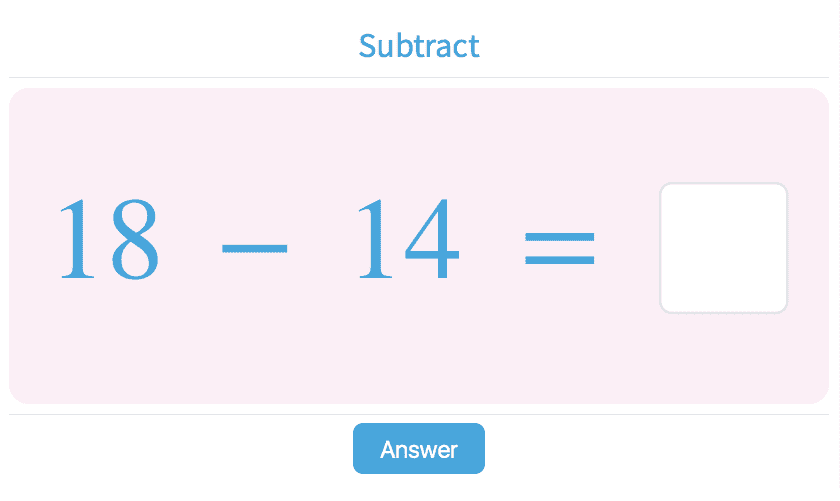
-
3.44Complete the Subtraction Sentence with Sums Up to 100
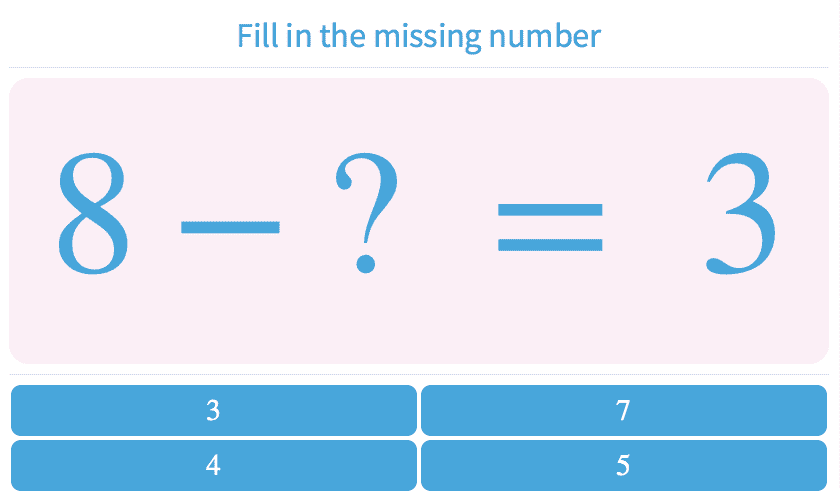
-
3.45Balance Subtraction Equations with Sums Up to 100
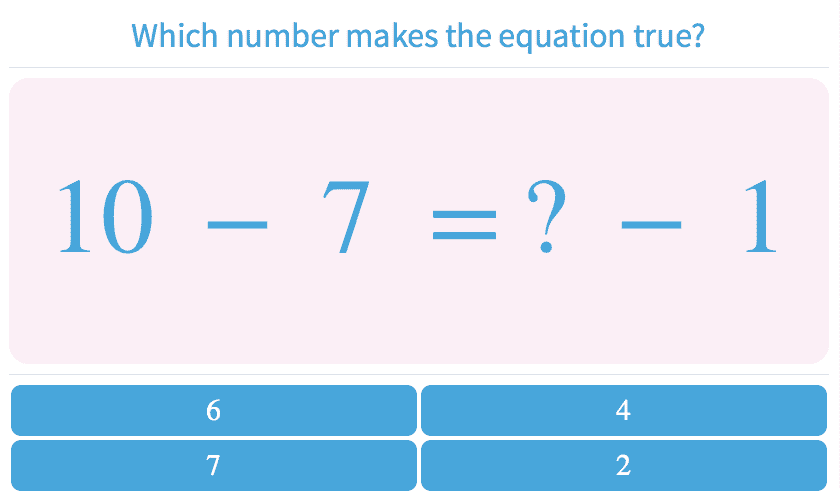
-
3.46Balance Subtraction Equations with Operands Up to 100
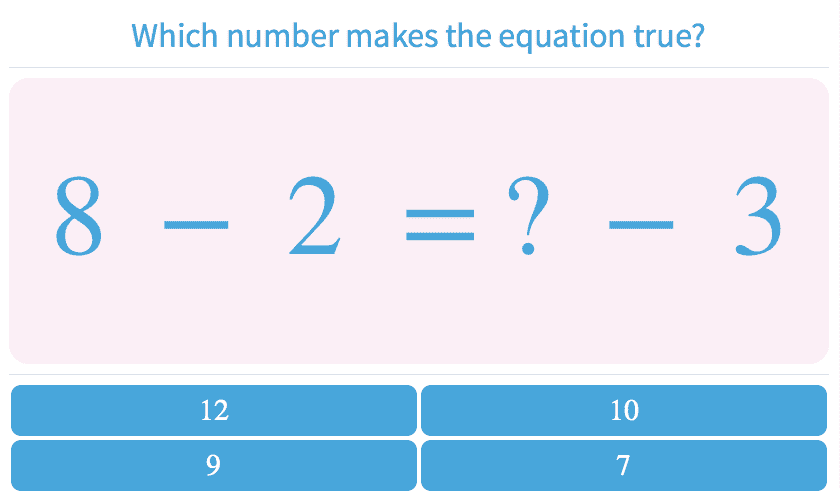
-
3.47Balance Subtraction Equations with Sums Up to 18
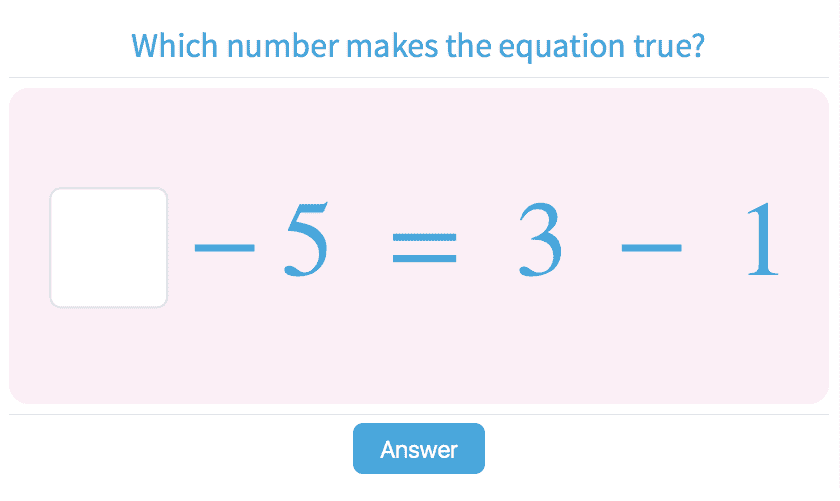
-
3.52Complete the Subtraction Sentence
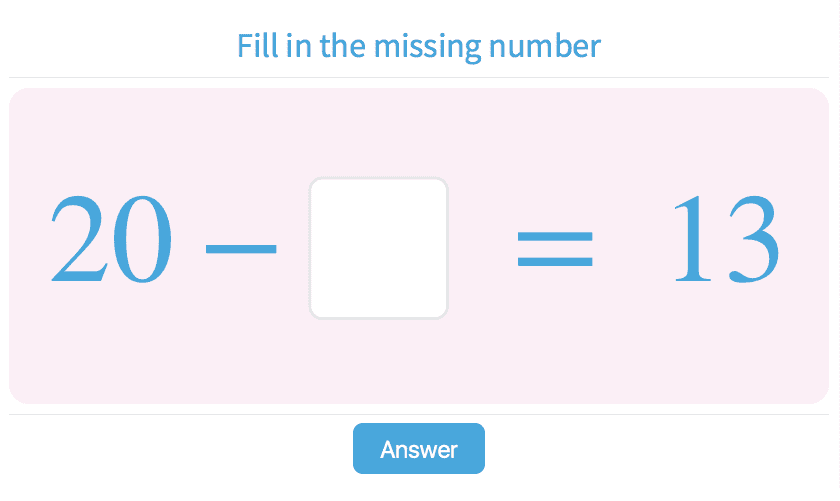
-
3.53Complete the Subtraction Sentence with Operands Up to 1000
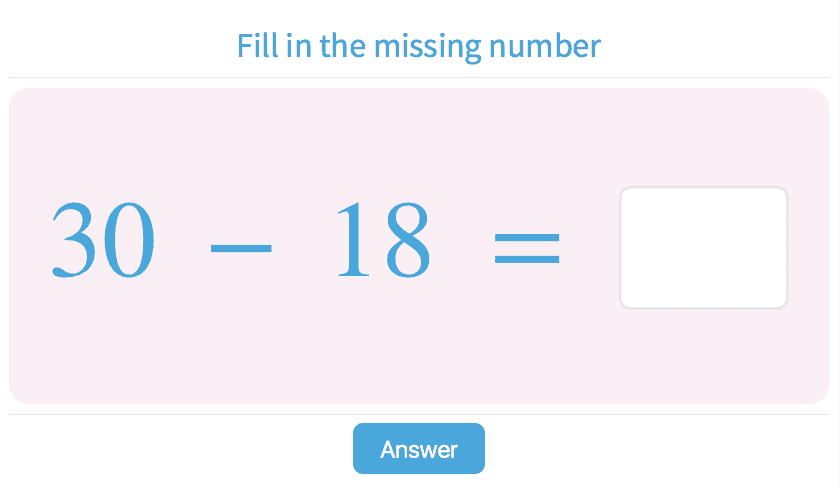
-
3.54Balance Subtraction Equations with Operands Up to 1000
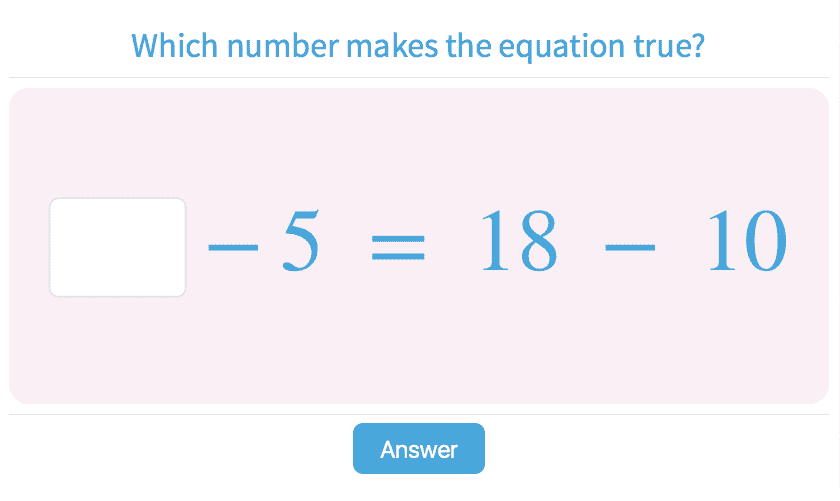
-
3.60Subtraction with Operands Up to 1000
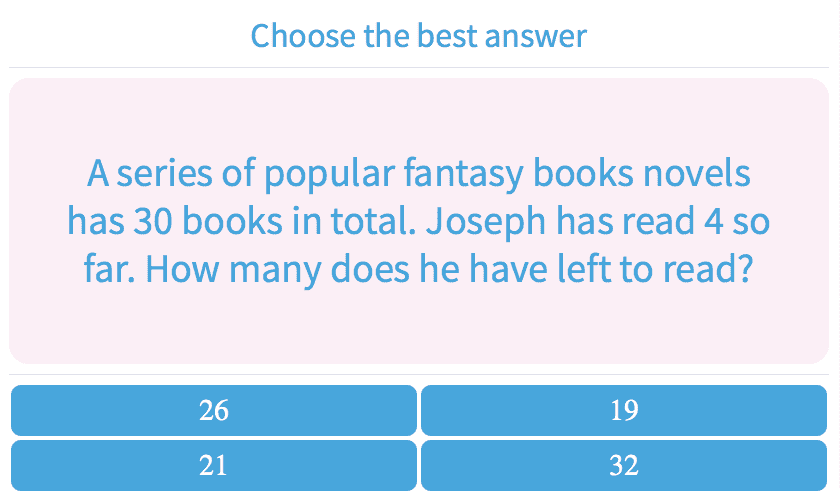
-
3.64Related Subtraction Equations Up to 10

-
3.65Related Subtraction Equations with Sums Up to 1000

-
-
Multiplication
-
3.69Multiplication with a Specific Number Up to 12
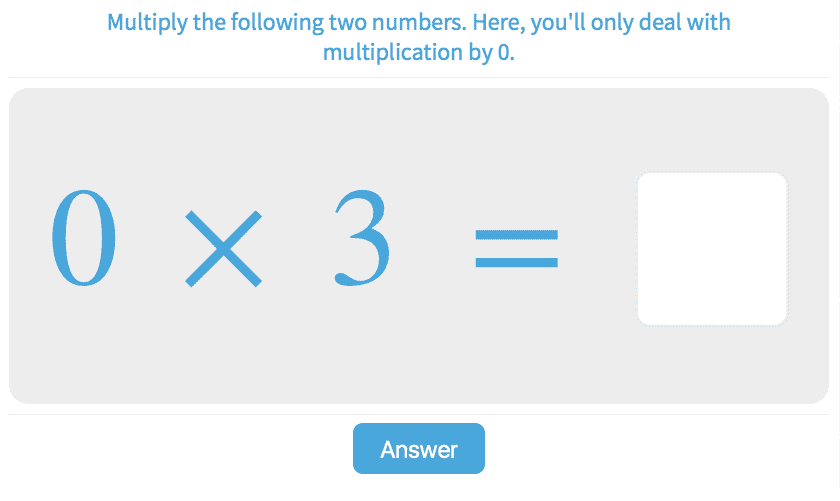
-
3.70Multiplication with Pictures
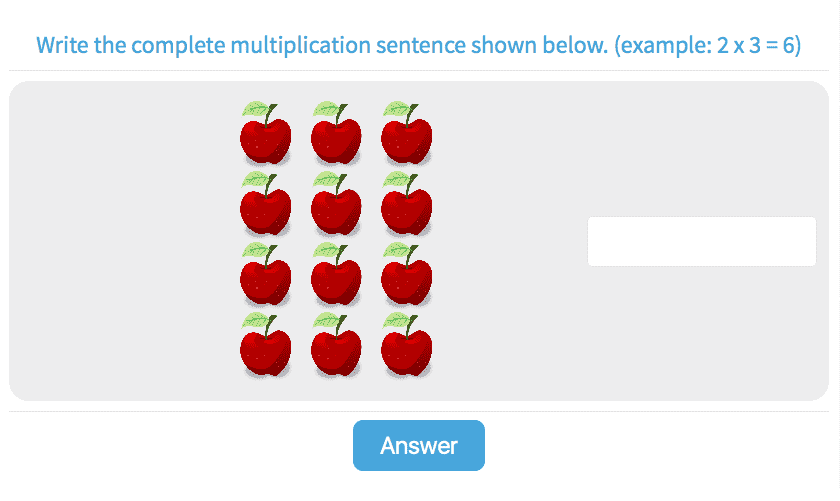
-
3.71Multiply Two Numbers
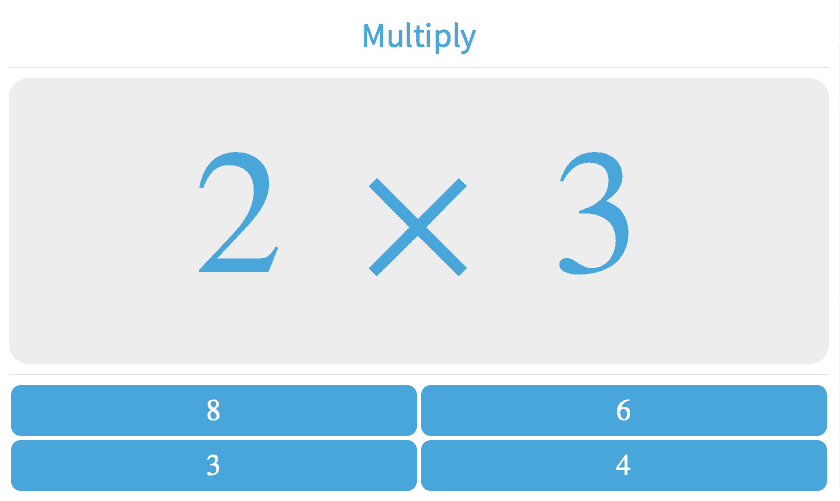
-
3.72Multiplication Tables
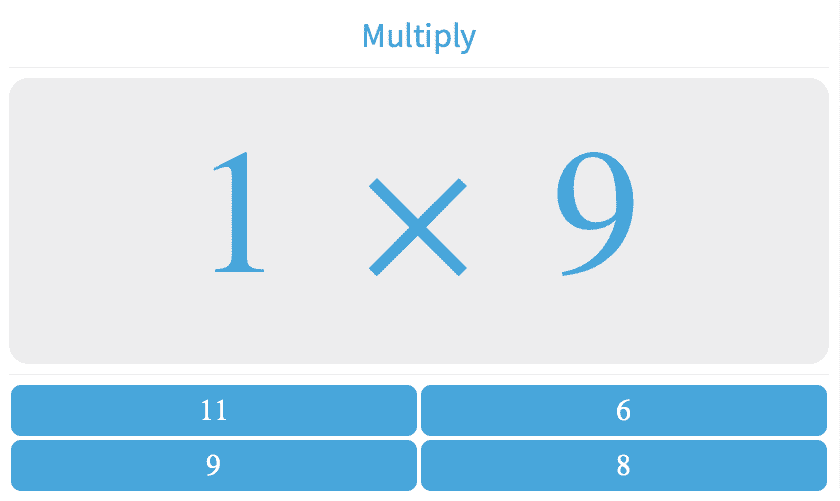
-
3.74Multiplication by 10
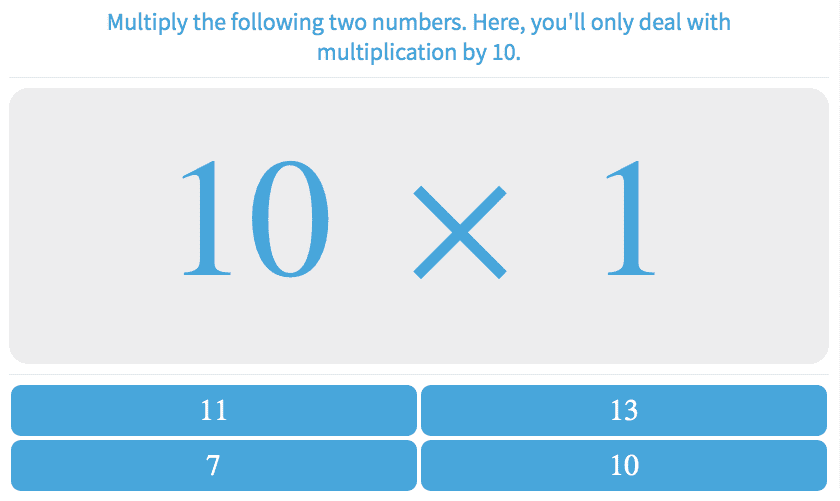
-
3.78Find Missing Factors
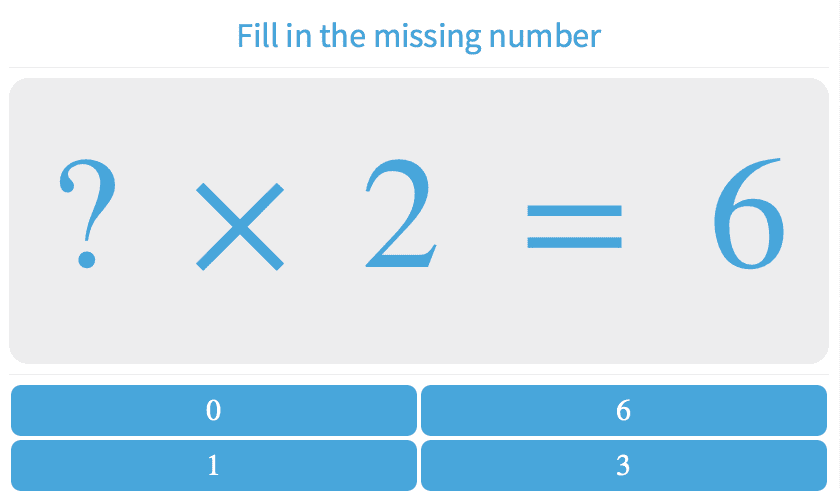
-
3.79Multiplication
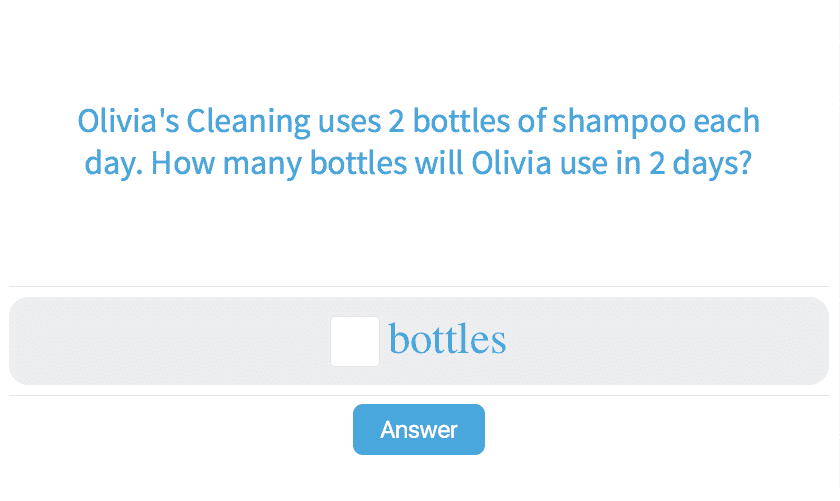
-
3.80Missing Factors
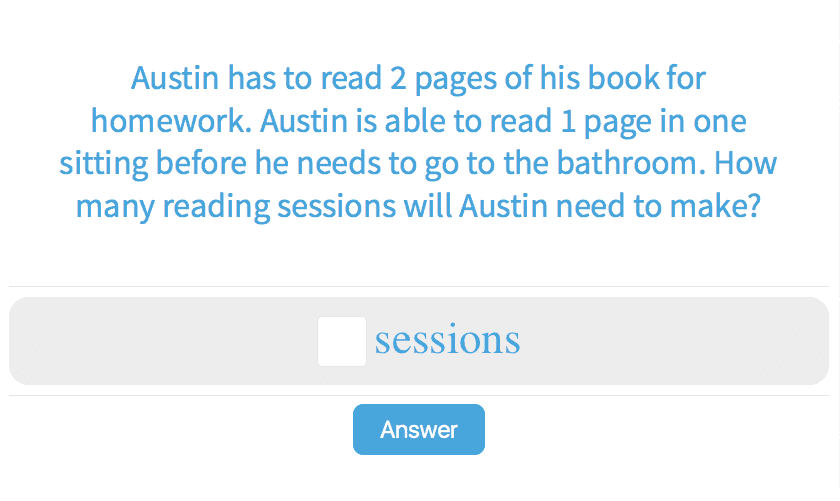
-
- Division
-
Fractions
-
3.83Identify Fractions Up to Tenths
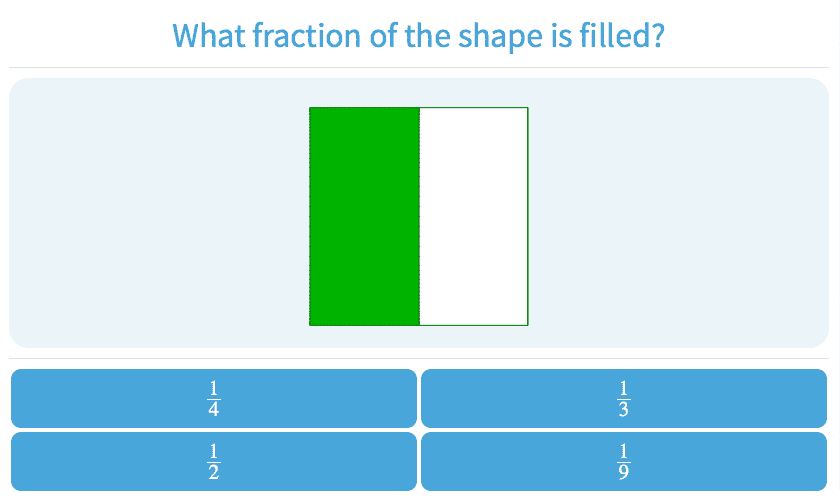
-
3.84What Fraction Does the Number Line Show?

-
3.85Fraction
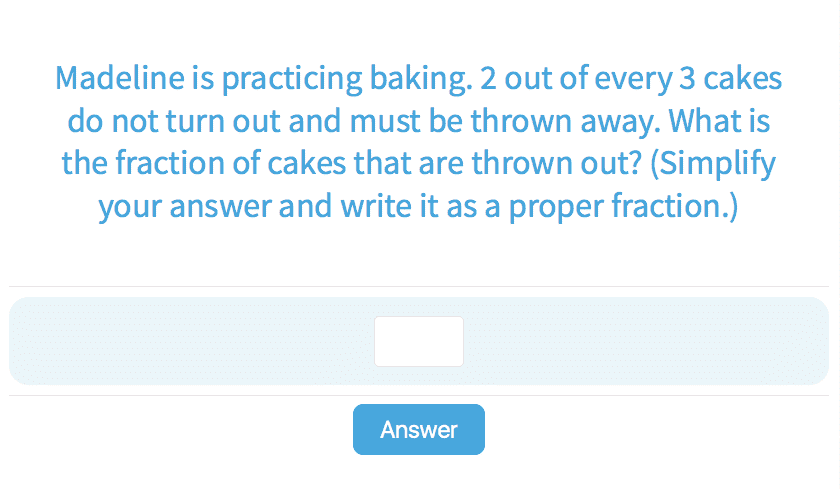
-
3.86What Mixed Fraction Is Shown?

-
3.87Compare Fractions
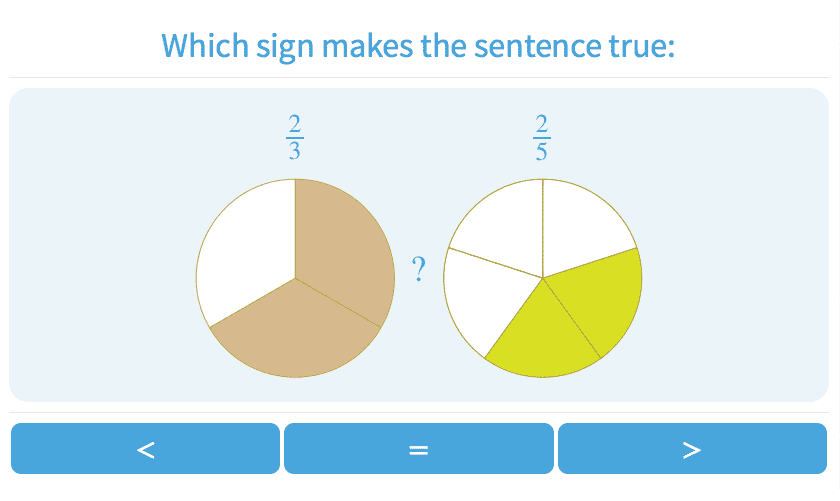
-
3.88Choose the Equivalent Fraction

-
3.89Make Equivalent Fractions

-
3.90Add Two Fractions

-
3.91Subtract Three Fractions

-
3.92Subtract Two Fractions

-
- Measurement
- Geometry
-
Money
-
3.102Least Number of Coins

-
3.103Making Change Up to $5
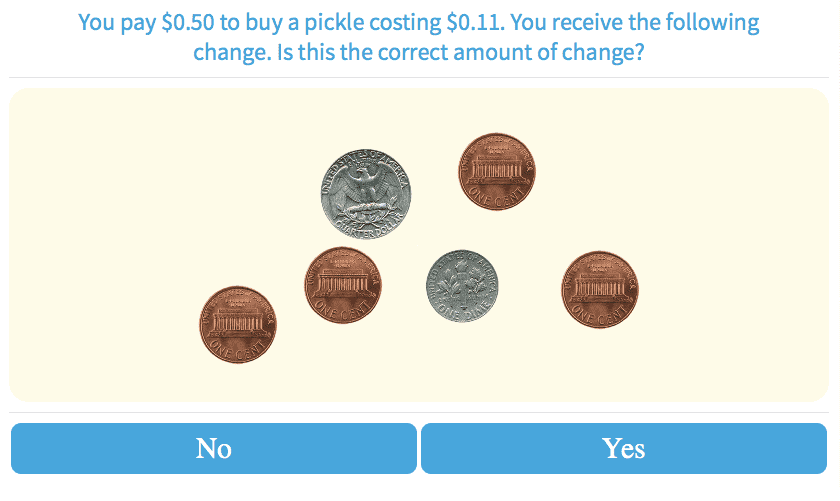
-
3.104Making Change Up to $20
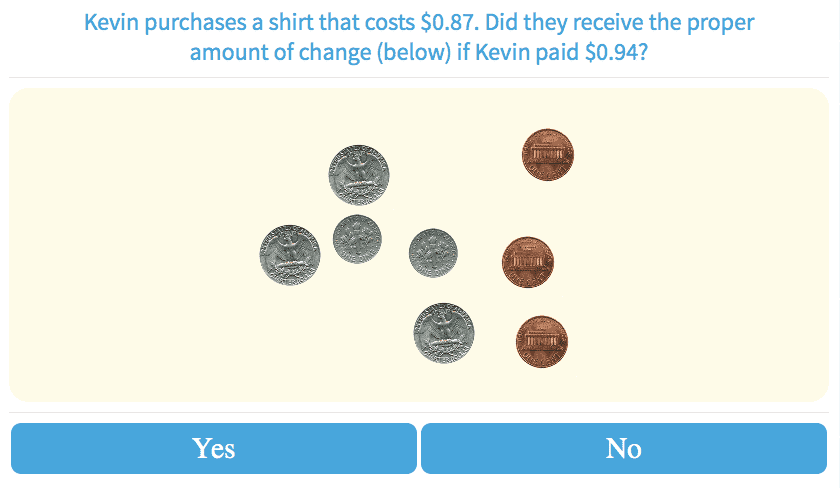
-
-
Time
-
3.105Reading Clocks
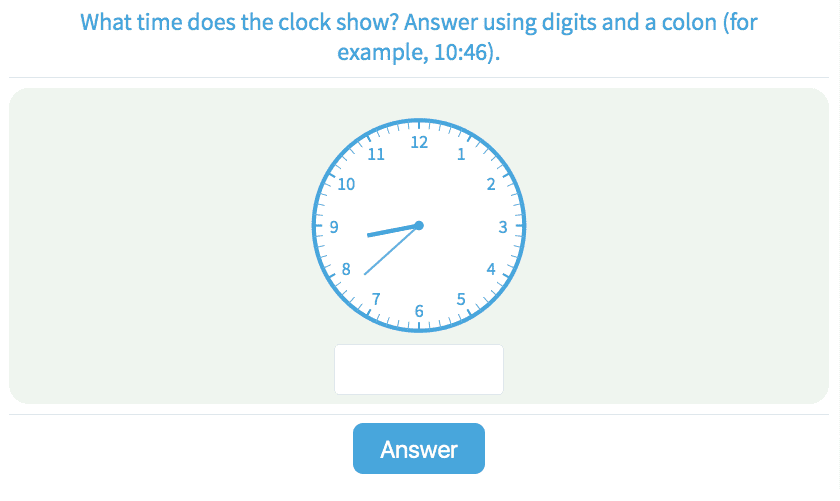
-
3.106Match Analog and Digital Clocks
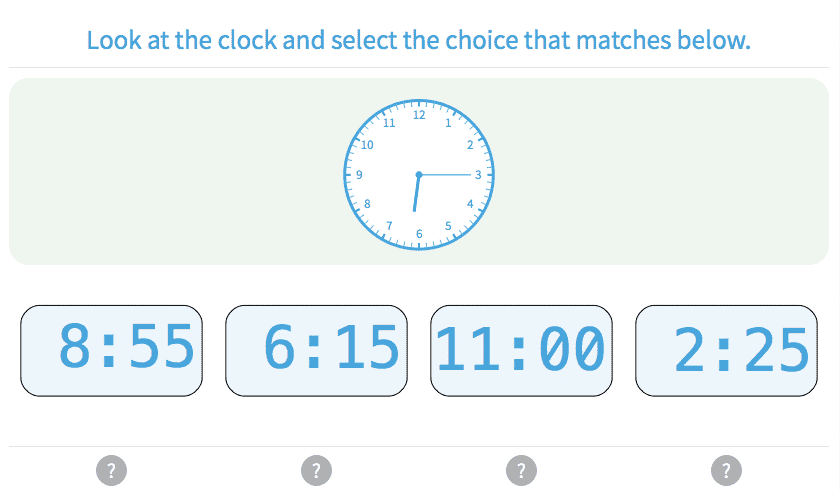
-
3.107Reading Clocks
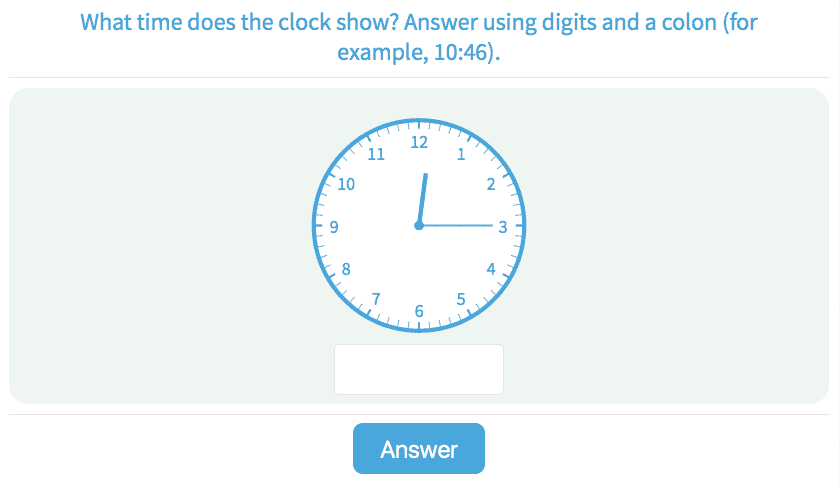
-
3.108Match Clocks and Time
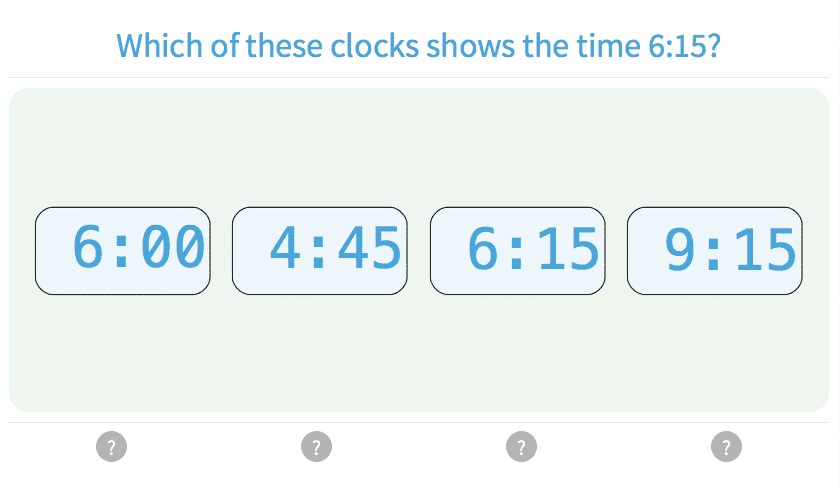
-
- Graphing
Students are entering a new section of math that consists of algebra, geometry, decimals, and more complicated division problems. When there is not a parent or teacher around, students have access to on-demand videos for their sixth-grade mathematical lessons. Our video tutorials are taught by math teachers who go through the problem solving process.
- The key to learning math is repetition, and our math teachers go through multiple examples.
- Math teachers show students step-by-step directions on how to solve these more complex problems.
- Students learn money, ratios, decimals, graphing, and other concepts from the 6th grade curriculum.


